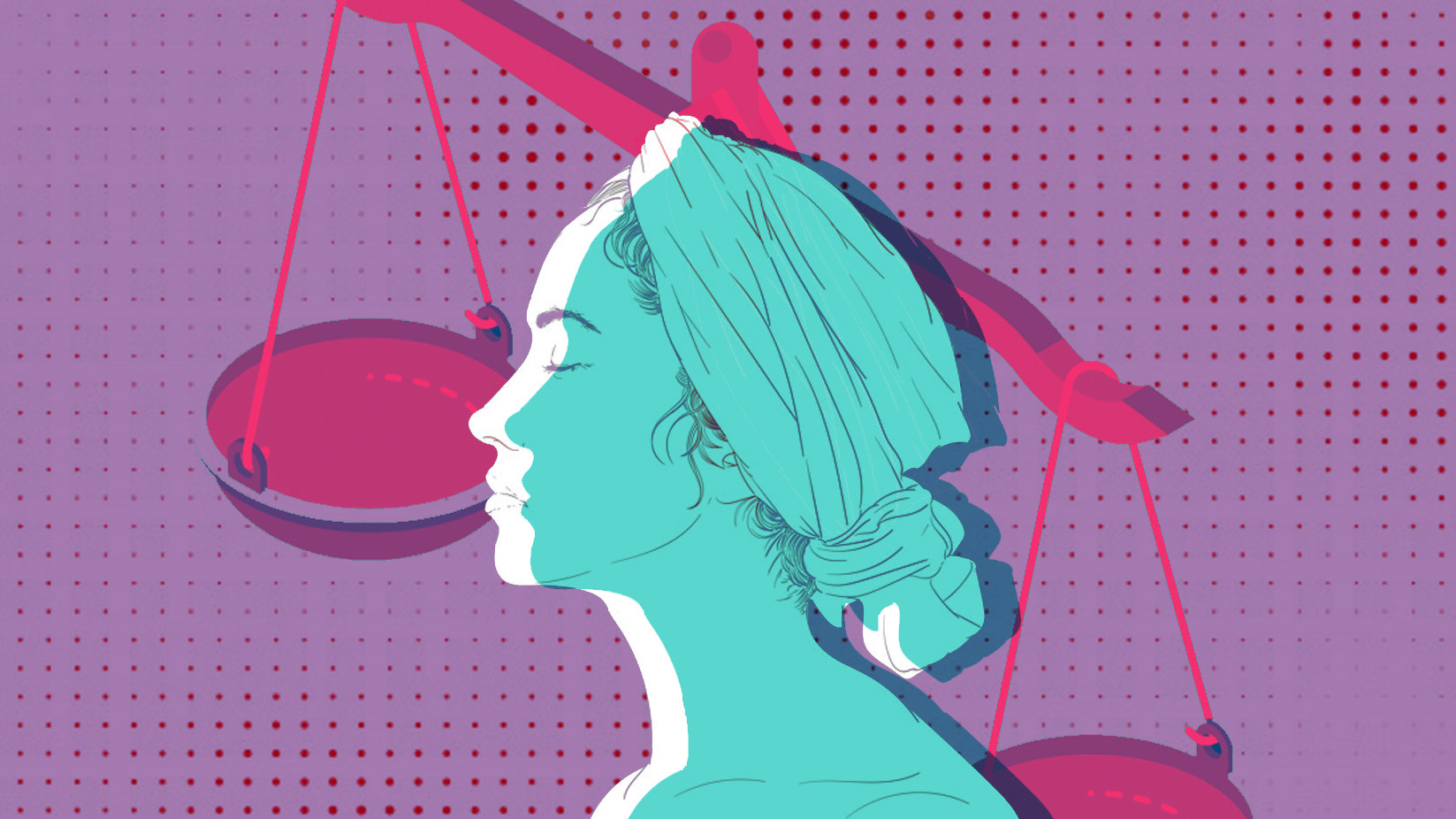
As we recognize Women’s History Month, it is a good time to reflect on the critical role that the federal courts have played in the fight for equality for women and girls in this country.
From suffragettes marching down Pennsylvania Avenue to Girl Scouts paving the way in entrepreneurship and STEM education, we are a more equal and just country because of women advocates, civil rights leaders, and champions for women equality. These heroes, many of whom we’ll never know, made our nation a better country. While much progress still needs to be made, women are increasingly taking the lead in business, government, the law, and arts and sciences. Today, we have our first woman vice president and a woman Speaker of the House. Janet Reno, Loretta Lynch and Sally Yates have led our Justice Department, and Lisa Monaco, Vanita Gupta and Kirsten Clarke are ready to advance the cause of justice under the Biden Administration. And, since Arabella Mansfield became the first woman admitted to the bar in the United States in 1869, women have served as outstanding lawyers and jurists in every area of the law, including on the U.S. Supreme Court.
Indeed, as we reflect on the protections that women have fought so desperately hard to attain, it is important to recognize the critical role federal judges — both male and female — have on the lives of women and girls every day. They issue rulings that impact women’s access to reproductive healthcare, equal rights in education and the workplace, and protection against sexual assault and violence.
Federal judges have long been on the front lines in advancing equality for women. In 1971, the Supreme Court held for the first time that a law that discriminated against women was unconstitutional. Relying on a brief authored by then-director of the ACLU’s Women’s Rights Project Ruth Bader Ginsburg, the Court struck down a state statute that specified that “males must be preferred to females” when appointing an estate administrator.
In Griswold and Roe v. Wade, the Supreme Court began a line of precedent guaranteeing women’s bodily autonomy when it recognized that the Constitution includes a right to privacy, which includes access to contraception and a right to have an abortion.
The Court’s protections have extended to employment as well. In 1971, the Supreme Court held that an employer who refused to hire women with young children, while hiring men with young children, violated the law. And in 2015, the Court held that the Pregnancy Discrimination Act requires employers to provide pregnant employees with the same on-the-job accommodations they provide to other similarly situated employees who are not pregnant.
The federal judiciary has also opened doors for women in education. In United States v. Virginia (1996), the Supreme Court held that the all-male admissions policy of the Virginia Military Institute (VMI) violated women’s constitutional equal protection rights. And recently in 2020, a federal district court judge issued an injunction to prevent the University of Iowa from eliminating its women’s swimming team in violation of Title IX.

Unfortunately, as the judiciary has become increasingly conservative, too often judges have degraded women’s rights. We all remember Lilly Ledbetter being denied justice by Republican appointed judges on the Supreme Court, even though she was being paid thousands less than her male coworkers.
And Trump’s judicial appointments have only exacerbated the challenges we face in the fight for women’s equality. Trump was clear in his anti-women agenda, and he made it a priority to overwhelm the federal judiciary with ultraconservative idealogues — largely white men — committed to turning back the clock on so many of our rights. Trump boasted that all of his judges would “automatically” overturn Roe v. Wade. He also claimed that all of his judges would overturn the Affordable Care Act, which includes protections against sex discrimination by insurance companies.
Of course, Trump’s nominees have long been committed to eroding women’s reproductive freedom (including many comparing Roe v. Wade to Dred Scott, a decision that maintained the practice of slavery), but their anti-women bias went beyond abortion (as AFJ catalogued over the past four years). Many were on the front lines fighting for the ability of employers to deny employees access to contraception. His judges opposed the Violence Against Women’s Act. One nominee, Damien Schiff, argued that Title IX — the law that ensures equality in education for women, including protections against sexual assault on college campuses — itself is unconstitutional. One confirmed judge, Neomi Rao on the D.C. Circuit, blamed victims of sexual assault for what they had experienced and was on the front lines in weakening Title IX protections for college students. Another, Steven Menashi on the Second Circuit, even belittled “Take Back the Night” marches.
One confirmed judge, Sarah Pitlyk in Missouri, is so extreme she even opposes assisted reproductive technologies like in vitro fertilization and surrogacy, while Wendy Vitter in Louisiana spread the ludicrous theory that women who take the birth control pill will somehow increase their chances of dying a violent death.
On the bench, Trump’s judges have lived up to their records and our worst fears. They have already cast votes allowing draconian restrictions on access to abortion to go into place. In one case, a Trump-appointed judge would have prevented a woman from bringing a pregnancy discrimination lawsuit under Title VII against her employer who fired her after she became pregnant and then “pressured” her into signing a severance agreement that included waiving civil rights claims. These judges have consistently made it more difficult to bring Title IX cases by victims of sexual assault on college campuses. In one case, a Trump appointee ruled against a teenage girl who was sexually assaulted by an older classmate and whose school allowed her assailant to subsequently transfer back to the school. The opinion minimized the trauma she endured, claiming, “While we wish we lived in a world where schools could prevent the kind of discomfort [she] suffered, we do not.”
And a Trump judge was the deciding vote to have the entire Affordable Care Act declared unconstitutional, including protections against sex discrimination by insurance companies (a case currently being heard by the Supreme Court).
We will have to live with hundreds of ultraconservative Trump judges for decades. However, there is hope. As of today, President Biden has eleven current and future vacancies already on the United States Circuit Courts of Appeal and over 75 seats to fill on district courts across the country.
AFJ and other progressive organizations have made clear that Biden and Senate Democrats must prioritize taking back our courts, and that means nominating and fighting to confirm judges with a demonstrated committed to equal justice, including for women’s equality. Through our Building the Bench initiative, we are working to sure ensure the Administration and senators are aware of the highly qualified and demographically and experientially diverse individuals that would make exceptional judges. The federal judiciary is in desperate need of judges with a demonstrated commitment to ensuring equal justice for women. This Women’s History Month, President Biden is well-positioned to meet that need.
